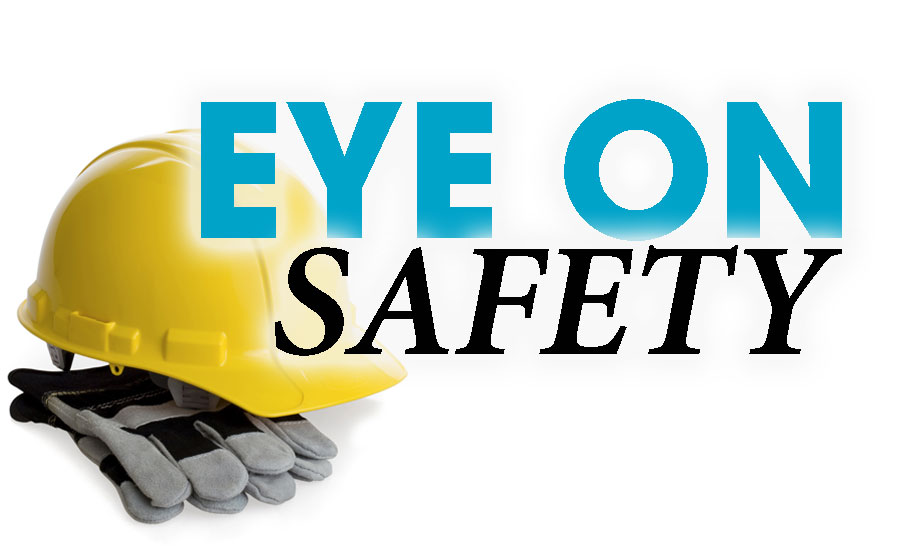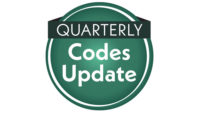For much of its 130-year history, the U.S. Bureau of Labor Statistics has collected data and published reports on occupational injuries, illnesses and fatalities. Two of the annual reports providing useful safety data are the Survey of Occupational Injuries and Illnesses (SOII) and the Census of Fatal Occupational Injuries (CFOI). The SOII captures information from the OSHA logs that employers are required to maintain.
The data obtained by the BLS comes through surveys provided to randomly selected companies. If your company receives one of these surveys, it is required by law to complete and return the survey. This reporting system is separate from the OSHA electronic reporting your company currently submits.
In November 2019, the BLS published the 2018 SOII and reported there were 2.8 million nonfatal workplace injuries and illnesses reported by private industry employers, unchanged from 2017. The incidence rate for total recordable cases in private industry also remained unchanged from a year ago.
Other 2018 data highlights include the findings that retail trade was the only private industry sector where the TRC rate increased in 2018, rising from 3.3 cases to 3.5 cases per 100 full-time-equivalent workers. This was the first increase in the TRC rate in retail trade since the series began in 2003. Retail trade accounted for 14% of all injuries and illnesses in private industry in 2018. Within private industry, there were 900,380 injuries or illnesses that caused a worker to miss at least one day of work in 2018 — essentially unchanged from 2017.
Results from the 2018 SOII contain the first national estimates for emergency room and hospital visits for nonfatal occupational injuries and illnesses requiring days away from work. Estimates include case and demographic data elements such as industry, event and occupation. A total of 333,830 DAFW cases resulted in a visit to a medical facility, such as an emergency room or in-patient hospital.
The table included here provides nonfatal occupational injuries and illnesses (thousands) for industry sectors most relevant to the PHCP and PVF industries.
If you are interested to see how your company’s safety record measures up, you can go to the BLS site to find your industry sector incidence rates and compare your results with the data in the report (bls.gov/web/osh/summ1_00.htm). All you need to know is your industry code from the North American Industry Classification System. The NAICS is under the U.S. Census Bureau, and can be found at census.gov/cgi-bin/sssd/naics/naicsrch?chart=2017.
To provide an example, the NAICS code for “Wholesale Trade – hardware, and plumbing and heating equipment and supplies merchant wholesalers” is 4237. When you go to the BLS report, you will find the following incident rate information for that industry sector: Total reportable cases (2.6); Cases with days away from work (1.0); Cases with job transfer for restriction (0.7); and Other recordable cases (1.0).
Once you have the information for your industry sector, you can compare the incident rates to those reported in your company’s OSHA Form 300A, Summary of Work-Related Injuries and Illnesses.
Another way to see how your safety program measures up to others in the industry is to submit your OSHA Form 300A report for consideration in the annual competition for the ASA Safety Awards. Each year, the ASA Safety Committee reviews the applications for the ASA Safety Awards based on the results of the applicants Total Case Incident Rate (TCIR). Three wholesaler-distributor members and three vendor manufacturer members receive the award. To learn more, visit asa.net/Safety/Safety-Award. We will begin accepting applications for the 2019 awards in August 2020.





